Cocktails
Our seasonal cocktails are inspired by the artists who have helped shape the culture of Venice.
From Monet to Banksy, these drinks are celebrations of creativity and style, to be enjoyed by the vanguards of today. Dark, smokey, opulent flavours made with premium liquors.
Signature Cocktails
Venetian Cobbler


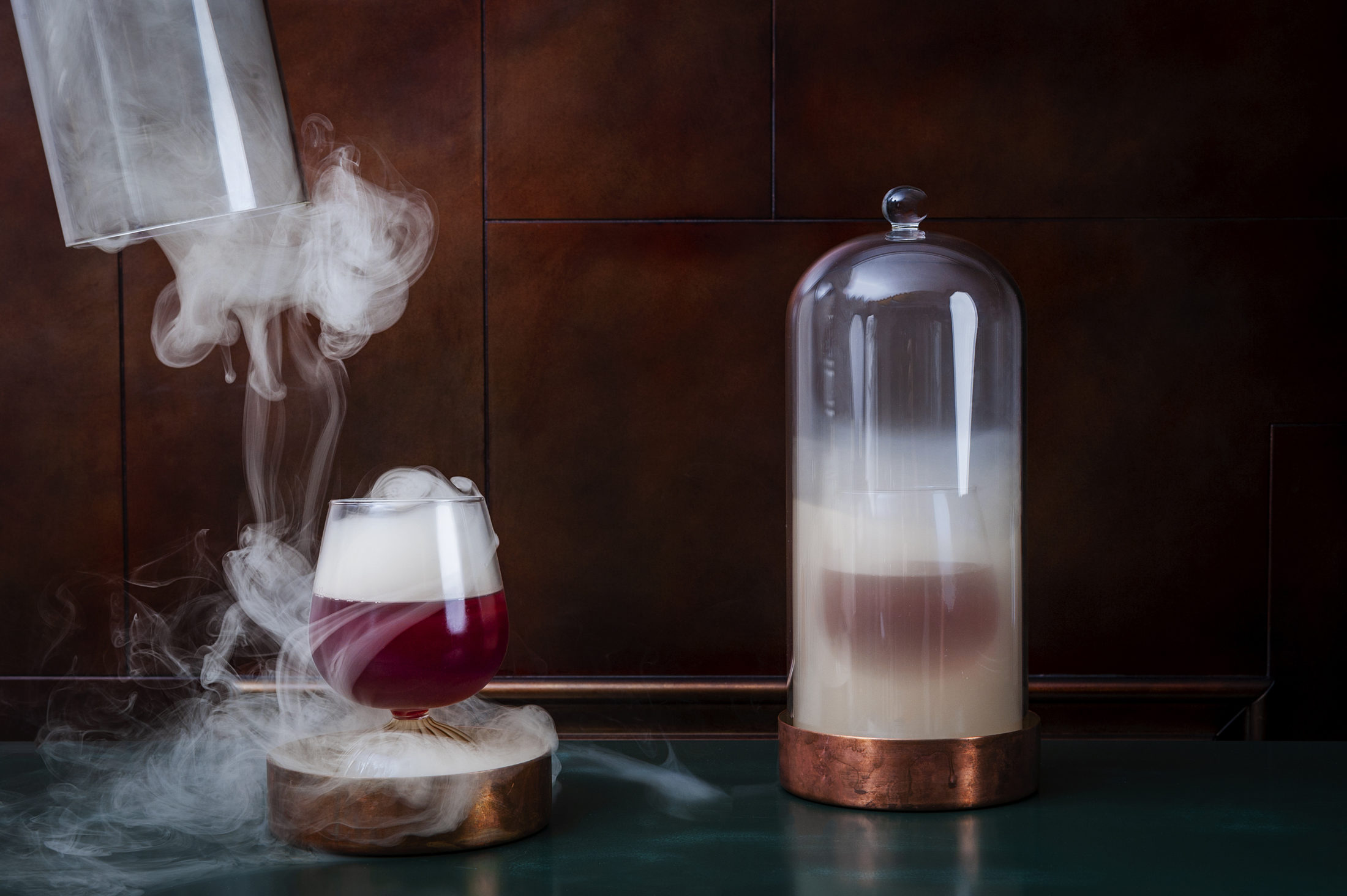
Inspired by
JACOPO TINTORETTO (1518-1594)
Nearly 500 years ago, born Jacopo Robusti, Tintoretto was Venice’s avant-garde artist; an Italian painter and a notable exponent of the Venetian school. Also known as The Miracle of St. Mark, is currently housed in the Galleria dell’Accademia in Venice. The rich colors stand to represent the fruits and flavor profiles within the serve – dark berries, rich apricots, lemons and strawberries – the hanging foliage also conjures images of grape vines and complex red grape characteristics – namely Valpolicella; all the working of a complex, yet archetypal cobbler. A cobbler fit for the patron of the city – The Venetian Cobbler.
Inspired by
JACOPO TINTORETTO (1518-1594)
Nearly 500 years ago, born Jacopo Robusti, Tintoretto was Venice’s avant-garde artist; an Italian painter and a notable exponent of the Venetian school. Also known as The Miracle of St. Mark, is currently housed in the Galleria dell’Accademia in Venice. The rich colors stand to represent the fruits and flavor profiles within the serve – dark berries, rich apricots, lemons and strawberries – the hanging foliage also conjures images of grape vines and complex red grape characteristics – namely Valpolicella; all the working of a complex, yet archetypal cobbler. A cobbler fit for the patron of the city – The Venetian Cobbler.
Painting: The Miracle of the Slave (1548)
G&T With a View


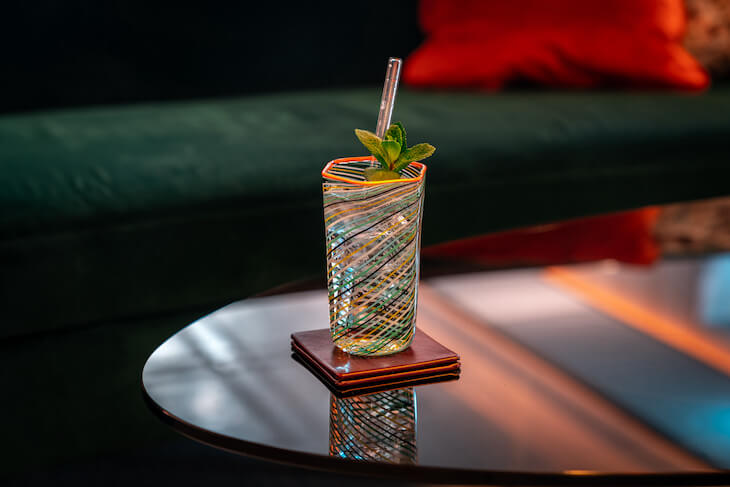
Inspired by
CANALETTO (1697-1768)
Giovanni Antonio Canal, commonly known as Canaletto, created a new category of painting, ‘Vedutismo‘ – paintings focused on landscapes in real life. He moved to London for few years and that’s the inspiration for the creation of our take on the classic Gin & Tonic. The five gondolas on the painting, carrying with them different spices from the world represent the ingredients of the bitters. All being topped up with a tonic water flavoured with Mediterranean ingredients reminding the variety of ingredients in Italy.
Inspired by
CANALETTO (1697-1768)
Giovanni Antonio Canal, commonly known as Canaletto, created a new category of painting, ‘Vedutismo‘ – paintings focused on landscapes in real life. He moved to London for few years and that’s the inspiration for the creation of our take on the classic Gin & Tonic. The five gondolas on the painting, carrying with them different spices from the world represent the ingredients of the bitters. All being topped up with a tonic water flavoured with Mediterranean ingredients reminding the variety of ingredients in Italy.
Painting: The Entrance to the Grand Canal by Canaletto (1730)
Chevalier


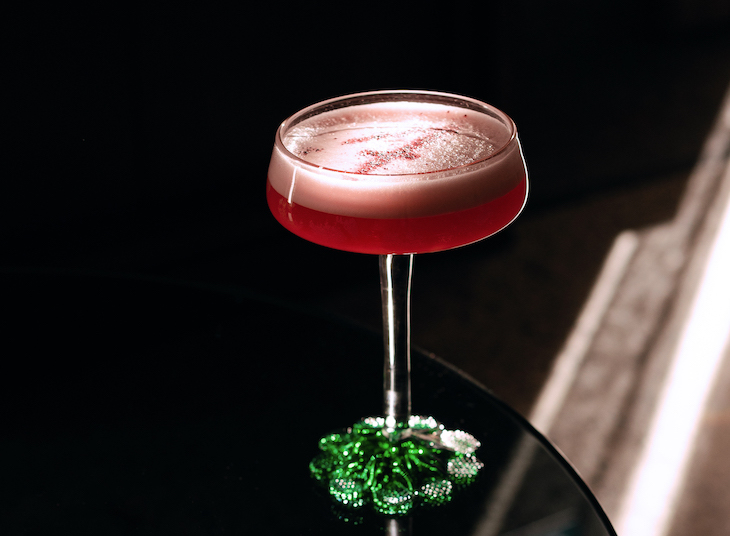
Inspired by
GIACOMO GIROLAMO CASANOVA (1725–1798)
Giacomo Girolamo Casanova was an Italian adventurer and author from the Republic of Venice. He used fictitious names, such as Baron or Count of Farussi (the name of his mother) or Chevalier de Seingalt. His aptitudes made him popular with some of the most prominent figures of the era, among them Madame de Pompadour, Count de Saint Germain, d’Alembert, and Jean-Jacques Rousseau.
Inspired by
GIACOMO GIROLAMO CASANOVA (1725–1798)
Giacomo Girolamo Casanova was an Italian adventurer and author from the Republic of Venice. He used fictitious names, such as Baron or Count of Farussi (the name of his mother) or Chevalier de Seingalt. His aptitudes made him popular with some of the most prominent figures of the era, among them Madame de Pompadour, Count de Saint Germain, d’Alembert, and Jean-Jacques Rousseau.
Painting: Madame de Pompadour by Francois Boucher (1756)
SLS


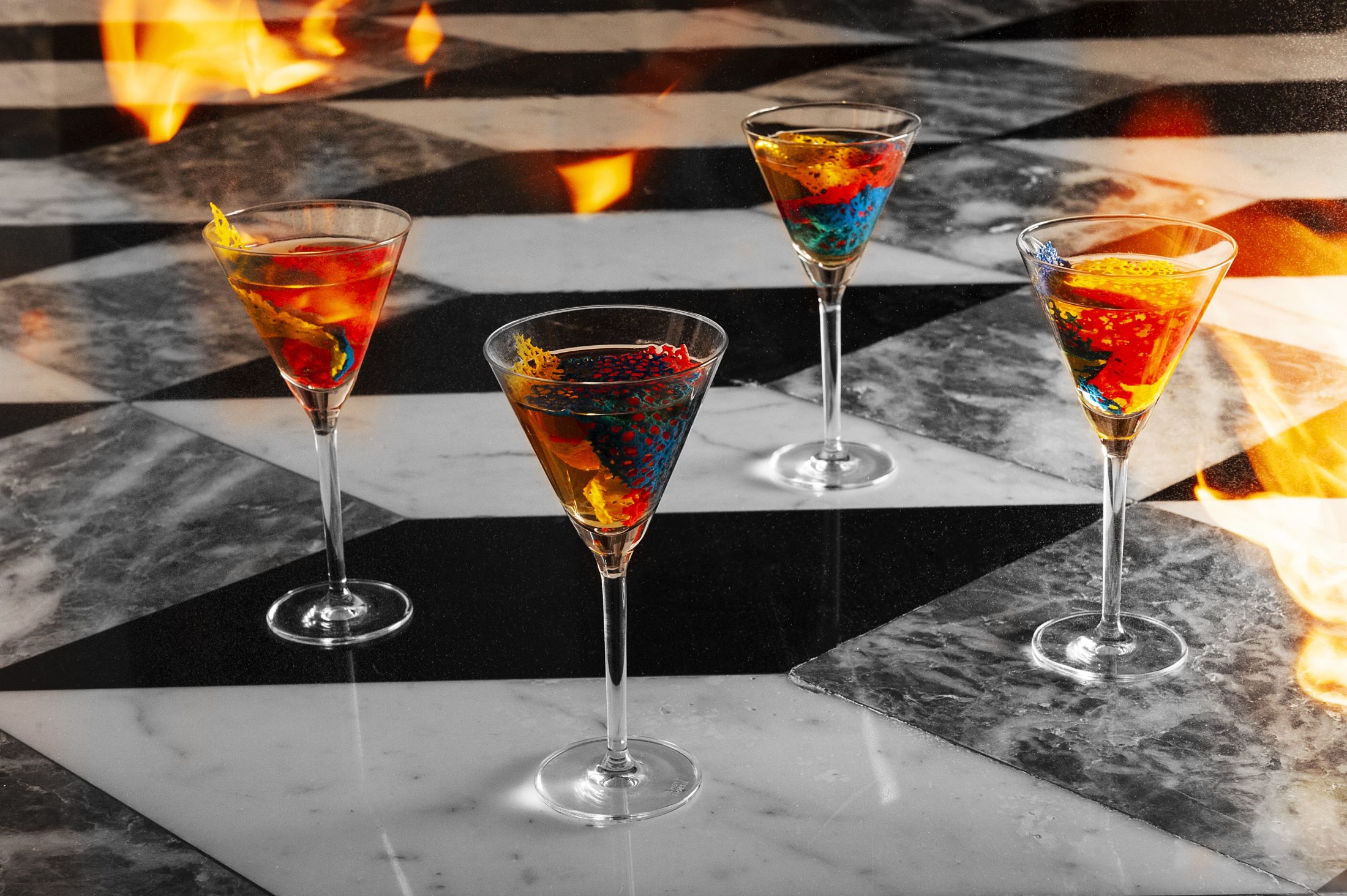
Inspired by
GIACOMO BALLA (1871-1958)
In late 1912 to early 1913, Giacomo Balla turned from a depiction of the splintering of light to the exploration of movement and, more specifically, the speed of racing automobiles. The choice of automobile as symbol of abstract speed recalls Filippo Tommaso Marinetti’s notorious statement in his first Futurist manifesto, published on February 20, 1909, in Le Figaro in Paris, only a decade after the first Italian car was manufactured: “The world’s splendour has been enriched by a new beauty: the beauty of speed.” In 1899, his work was exhibited at the Venice Biennale.
Inspired by
GIACOMO BALLA (1871-1958)
In late 1912 to early 1913, Giacomo Balla turned from a depiction of the splintering of light to the exploration of movement and, more specifically, the speed of racing automobiles. The choice of automobile as symbol of abstract speed recalls Filippo Tommaso Marinetti’s notorious statement in his first Futurist manifesto, published on February 20, 1909, in Le Figaro in Paris, only a decade after the first Italian car was manufactured: “The world’s splendour has been enriched by a new beauty: the beauty of speed.” In 1899, his work was exhibited at the Venice Biennale.
Painting: Abstract Speed + Sound by Giacomo Balla (1913)
Canal Art


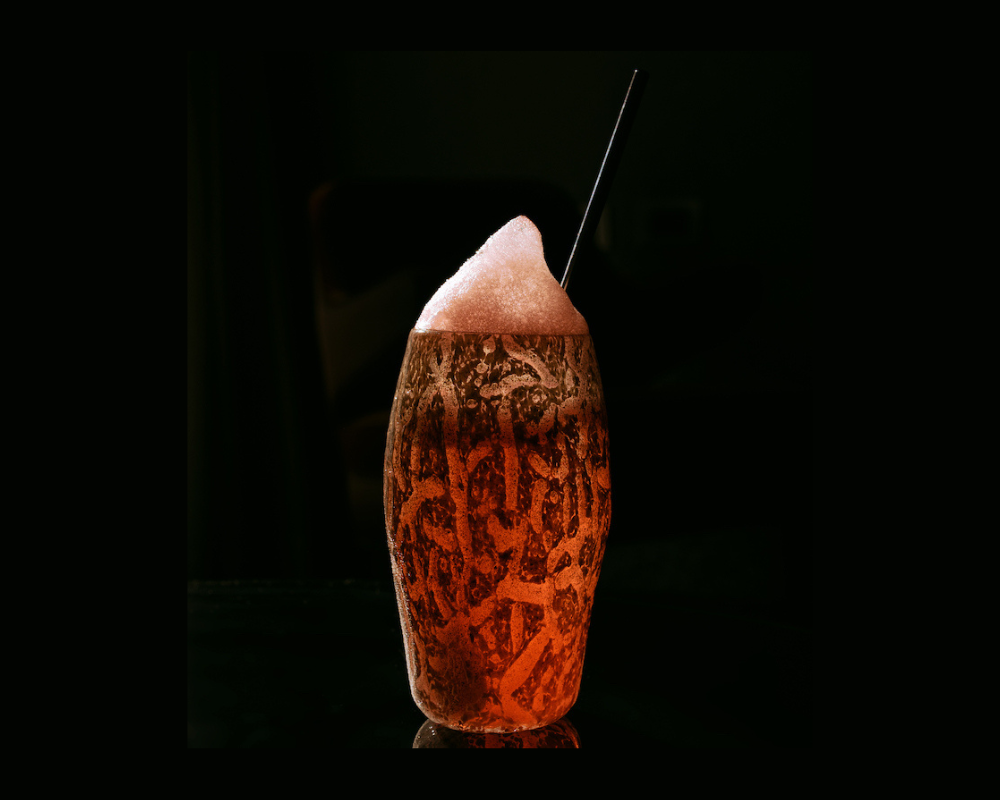
Inspired by
BANKSY
Inspired by one of the most talented street artist in the recent years: Banksy. During the first week of the Venice Biennale 2019, this piece of art appears on one of the buildings in Venice. We use mezcal, a spirit with a very strong personality yet mysterious and unknown to the commercial streams of popularity, similarly to the artist we are getting inspiration from. To link the cocktail with the local area, we created a cordial using artichokes from Sant’Erasmo. To reproduce the pink smoke, we use pink air, which is going to be aromatised with a
spray of salted aromatic water to recall the Venice sea salted water.
Inspired by
BANKSY
Inspired by one of the most talented street artist in the recent years: Banksy. During the first week of the Venice Biennale 2019, this piece of art appears on one of the buildings in Venice. We use mezcal, a spirit with a very strong personality yet mysterious and unknown to the commercial streams of popularity, similarly to the artist we are getting inspiration from. To link the cocktail with the local area, we created a cordial using artichokes from Sant’Erasmo. To reproduce the pink smoke, we use pink air, which is going to be aromatised with a
spray of salted aromatic water to recall the Venice sea salted water.
Painting: Venice Biennale Graffiti by Banksy (2019)
Menus
Our menus feature flavours to suit every taste
Whether you wish to sip wine overlooking the San Giorgio Maggiore, share adventurous cocktails among fellow travellers, or enjoy a cigar with close company…